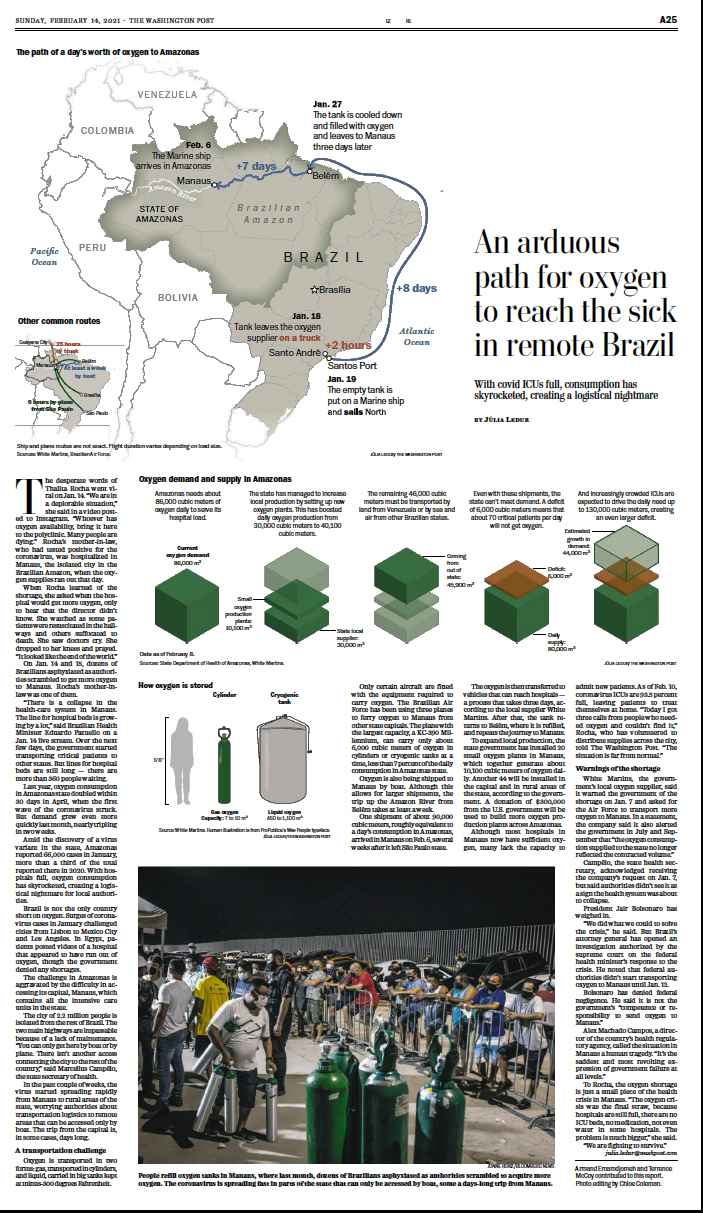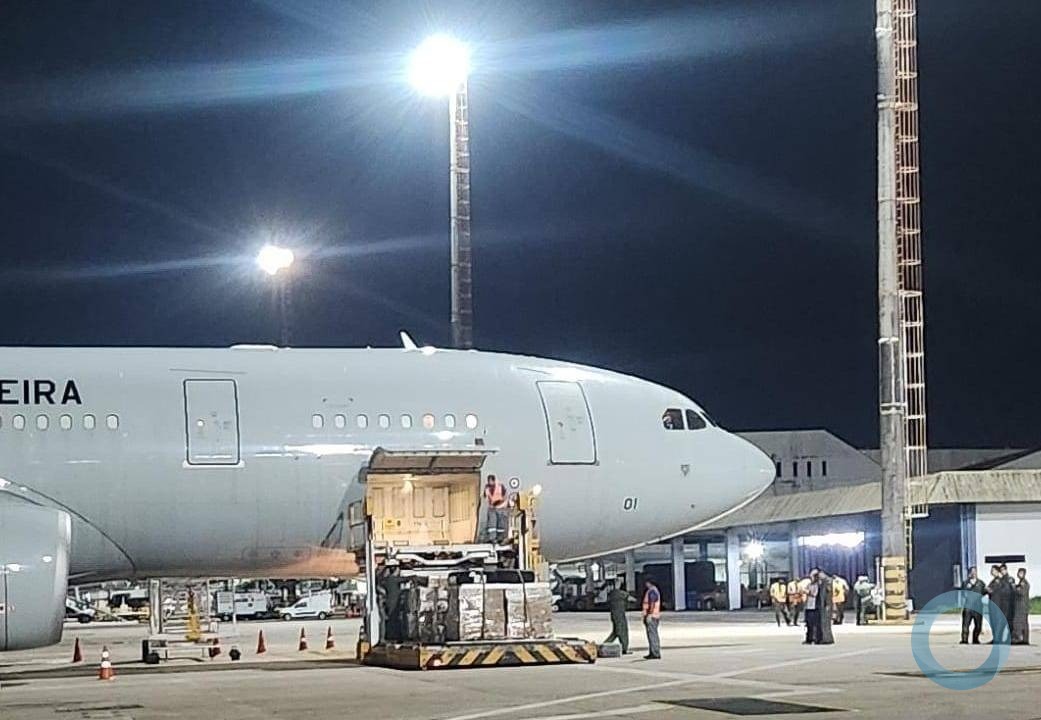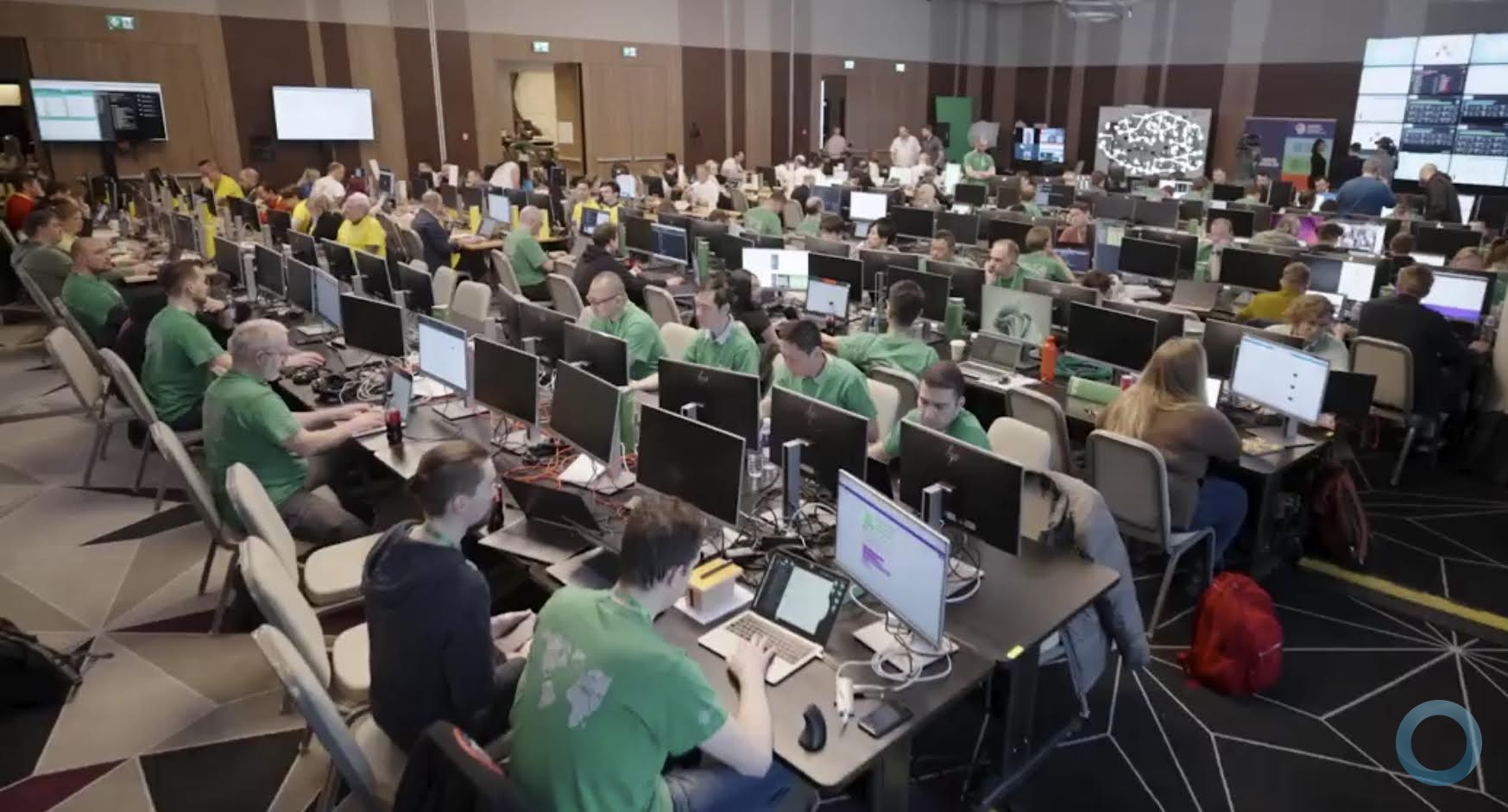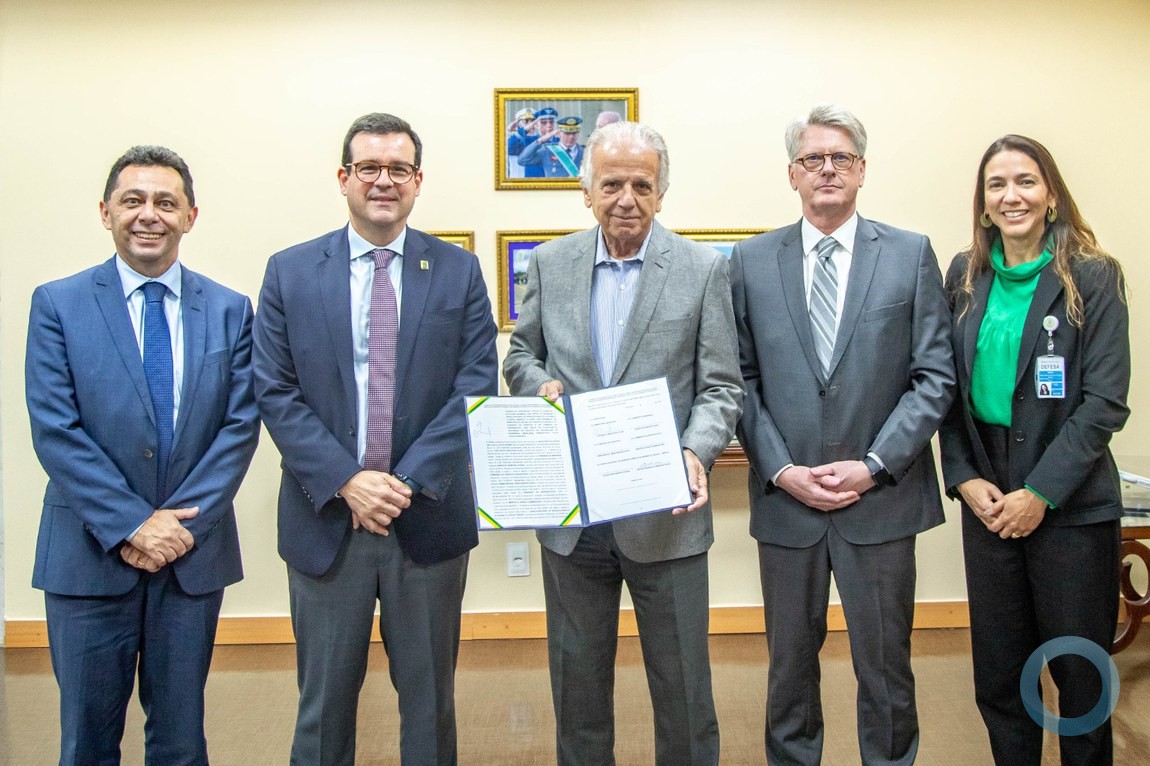DefesaNet Note
Um caminho árduo para o oxigênio chegar aos doentes no remoto Brasil Link
The Editor
By Julia Ledur
The Washington Post
February 14th, 2021
The desperate words of Thalita Rocha went viral on Jan.14.“We are in a deplorable situation,” she said in a video post-ed to Instagram. “Whoever has oxygen availability, bring it hereto the polyclinic. Many people are dying. ”Rocha’s mother-in-law, who had tested positive for the coronavirus, was hospitalized in Manaus, the isolated city in the Brazilian Amazon, when the oxygen supplies ran out that day. When Rocha learned of the shortage, she asked when the hospital would get more oxygen, only to hear that the director didn’t know.
She watched as some patients were resuscitated in the hall-ways and others suffocated to death. She saw doctors cry. She dropped to her knees and prayed.
“I tlooked like the end of the world.” On Jan. 14 and 15, dozens of Brazilians asphyxiated as authorities scrambled to get more oxygen to Manaus. Rocha’s mother-in-law was one of them. “There is a collapse in the health-care system in Manaus. The line for hospital beds is growing byalot,”said
Brazilian Health Minister Eduardo Pazuello on a Jan. 14 livestream. Over the next few days, the government started transporting critical patients to other states. But lines for hospital beds are still long—there are more than 360 people waiting.
Last year, oxygen consumption in Amazonas state doubled within30 days in April, when the first wave of the coronavirus struck. But demand grew even more quickly last month, nearly tripling in two weeks. Amid the discovery of a virus variant in the state, Amazonas reported 66,000 cases in January, more than a third of the total reported there in 2020.
With hospitals full, oxygen consumption has skyrocketed, creating a logistical nightmare for local authorities. Brazil is not the only country short on oxygen. Surges of corona-virus cases in January challenged cities from Lisbon to Mexico City and Los Angeles. In Egypt, patients posted videos of a hospital that appeared to have run out of oxygen, though the government denied any shortages. The challenge in Amazonas is aggravated by the difficulty in accessing its capital, Manaus, which contains all the intensive care units in the state. The city of 2.2 million people is isolated from the rest of Brazil.
The two main highways are impassable because of a lack of maintenance. “You can only get here by boat or by plane. There isn’t another access connecting the city to the rest of the country,” said Marcellus Campêlo, the state secretary of health.
In the past couple of weeks, the virus started spreading rapidly from Manaus to rural areas of the state, worrying authorities about transportation logistics to remote areas that can be accessed only by boat. The trip from the capital is,in some cases, days long. A transportation challenge Oxygen is transported in two forms: gas, transported in cylinders, and liquid, carried in big tanks kept at minus-300 degrees Fahrenheit
Only certain aircraft are fitted with the equipment required to carry oxygen. The Brazilian Air Force has been using three planes to ferry oxygen to Manaus from other state capitals. The plane with the largest capacity, a KC-390 Millennium, can carry only about 6,000 cubic meters of oxygen in cylinders or cryogenic tanks at a time, less than7percent of the daily consumption in Amazonas state. Oxygen is also being shipped to Manaus by boat. Although this allows for larger shipments, the trip up the Amazon River from Belém takes at least a week. One shipment of about 90,000 cubic meters, roughly equivalent to a day’s consumption in Amazonas, arrived in Manaus on Feb. 6, several weeks after it left São Paulo state
Click in the image to expand it
The oxygen is then transferred to vehicles that can reach hospitals —a process that takes three days, according to the local supplier White Martins. After that,the tank returns to Belém, where it is refilled, and repeats the journey to Manaus. To expand local production, the state government has installed 20 small oxygen plants in Manaus, which together generate about 10,100 cubic meters of oxygen daily. Another 44 will be installed in the capital and in rural areas of the state, according to the government. A donation of $300,000 from the U.S. government will be used to build more oxygen production plants across Amazonas. Although most hospitals in Manaus now have sufficient oxygen, many lack the capacity to admit new patients.
As of Feb. 10,coronavirus ICUs are 93.5 percent full, leaving patients to treat themselves at home. “Today I got three calls from people who needed oxygen and couldn’t find it, ”Rocha, who has volunteered to distribute supplies across the city, told The Washington Post. “The situation is far from normal.”
Warnings of the shortage White Martins, the government’s local oxygen supplier, said it warned the government of the shortage on Jan.7 and asked for the Air Force to transport more oxygen to Manaus. In a statement, the company said it also alerted the government in July and September that “the oxygen consumption supplied to the state no longer reflected the contracted volume.”Campêlo, the state health secretary, acknowledged receiving the company’s request on Jan.7, but said authorities didn’t see it as assign the health system was about to collapse. President Jair Bolsonaro has weighed in. “We did what we could to solve the crisis,” he said. But Brazil’s attorney general has opened an investigation authorized by the supreme court on the federal health minister’s response to the crisis. He noted that federal authorities didn’t start transporting oxygen to Manaus until Jan. 12.
Bolsonaro has denied federal negligence. He said it is not the government’s “competence or responsibility to send oxygen to Manaus. ”Alex Machado Campos, a director of the country’s health regulatory agency, called the situation in Manaus a human tragedy.
“It’s the saddest and most revolting expression of government failure at all levels. ”To Rocha, the oxygen shortage is justa small piece of the health crisis in Manaus. “The oxygen crisis was the final straw, because hospitals are still full, there are no ICU beds, no medication, not even water in some hospitals. The problem is much bigger, ”she said. “We are fighting to survive.
”
Click in the page to get a WaPo PDF archive


































